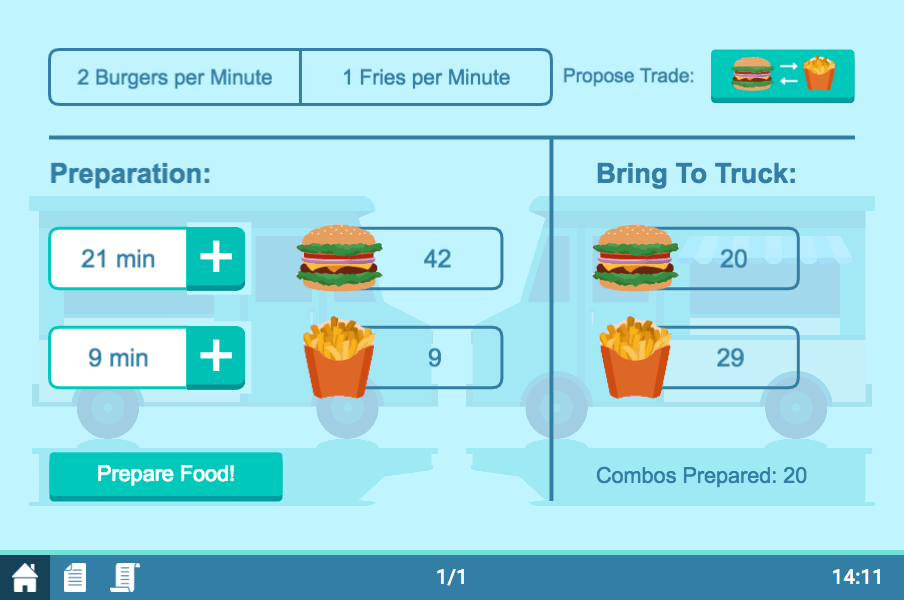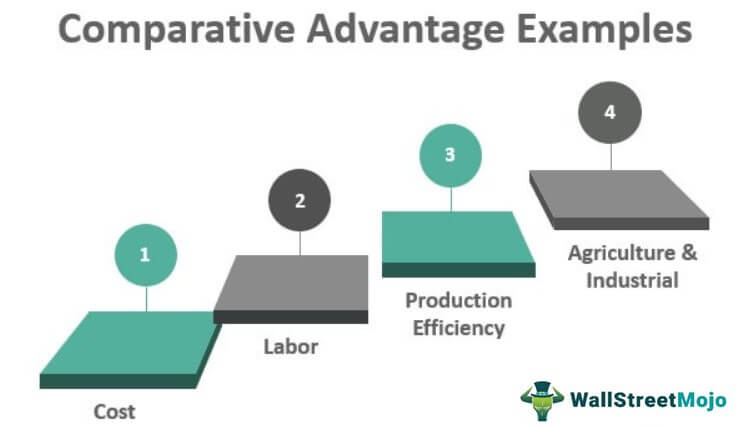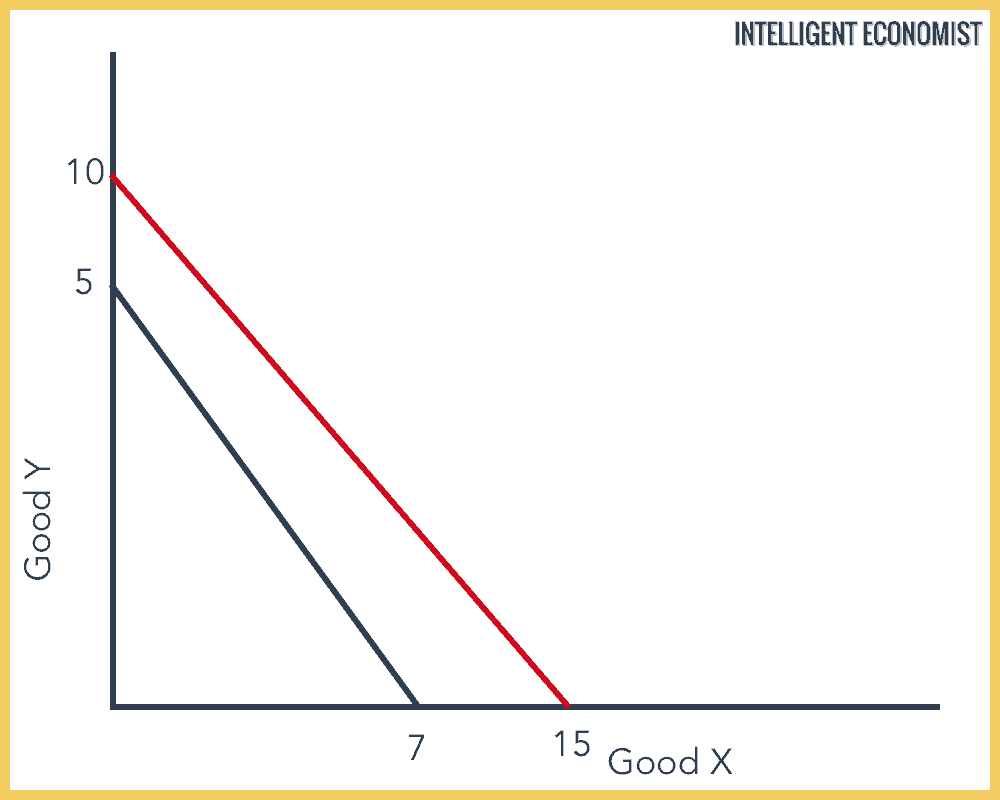How to Identify Your Comparative Advantage Easily

Understanding your comparative advantage is crucial for personal and professional growth. It allows you to focus on what you do best, maximizing efficiency and success. Whether you’re an individual looking to enhance your career or a business aiming to streamline operations, identifying your comparative advantage is the first step toward achieving your goals. In this post, we’ll explore how to identify your comparative advantage easily, providing actionable steps and insights tailored for both informational and commercial audiences.
What is Comparative Advantage?

Comparative advantage refers to the ability to produce goods or services at a lower opportunity cost than others. It’s not about being the best at everything but excelling in areas where you have a natural edge. For individuals, this could mean skills like communication, problem-solving, or creativity. For businesses, it might involve specialized products, innovative processes, or unique market positioning.
💡 Note: Understanding comparative advantage is essential for strategic decision-making, whether in career planning or business development.
Step 1: Assess Your Skills and Resources

To identify your comparative advantage, start by evaluating your skills, resources, and experiences. Ask yourself:
- What am I naturally good at?
- What resources (time, tools, network) do I have access to?
- What tasks or activities do I enjoy and excel in?
Create a list of your strengths and compare them to others in your field. This will help you pinpoint areas where you stand out.
Step 2: Analyze Opportunity Costs

Opportunity cost is what you give up to focus on a particular task or activity. For example, if you’re great at both writing and graphic design, but writing takes less time and yields better results, your comparative advantage lies in writing.
| Activity | Time Investment | Outcome Quality |
|---|---|---|
| Writing | 2 hours | High |
| Graphic Design | 5 hours | Medium |

📊 Note: Use tables to visualize opportunity costs and make informed decisions.
Step 3: Seek Feedback and Market Validation

Feedback from peers, mentors, or customers can provide valuable insights into your comparative advantage. Ask for honest opinions about your strengths and areas where you outperform others. For businesses, market research and customer feedback are essential to validate your unique selling proposition.
Step 4: Focus and Specialize

Once you’ve identified your comparative advantage, focus on refining and leveraging it. Specialization allows you to become an expert in your niche, increasing your value and competitiveness.
Checklist for Identifying Comparative Advantage
- Evaluate Skills: List your strengths and compare them to others.
- Calculate Opportunity Costs: Determine which activities yield the best results with the least investment.
- Gather Feedback: Seek input from trusted sources to validate your strengths.
- Specialize: Focus on your unique edge to maximize efficiency and success.
For businesses, this might involve outsourcing non-core activities to focus on what you do best. For individuals, it could mean upskilling in your area of expertise to stay ahead in your career.
Commercial Applications of Comparative Advantage
Businesses can use comparative advantage to:
- Optimize Operations: Streamline processes by focusing on core competencies.
- Enhance Market Positioning: Differentiate from competitors by offering unique value.
- Increase Profitability: Allocate resources efficiently to maximize returns.
By understanding and leveraging your comparative advantage, you can achieve sustainable growth and success in a competitive landscape.
What is the difference between comparative advantage and absolute advantage?
+Absolute advantage refers to the ability to produce more goods or services with the same resources, while comparative advantage focuses on producing goods or services at a lower opportunity cost.
How can businesses identify their comparative advantage?
+Businesses can identify their comparative advantage by analyzing their unique resources, market position, and customer feedback to determine where they outperform competitors.
Can individuals change their comparative advantage over time?
+Yes, individuals can develop new skills and resources to shift their comparative advantage. Continuous learning and adaptation are key to staying relevant.
Identifying your comparative advantage is a powerful tool for personal and professional growth. By assessing your skills, analyzing opportunity costs, seeking feedback, and specializing, you can unlock your full potential and achieve success in your chosen field. Whether you’re an individual or a business, understanding and leveraging your comparative advantage is the key to thriving in a competitive world.
comparative advantage, opportunity cost, outsourcing non-core activities, upskilling in your area of expertise


